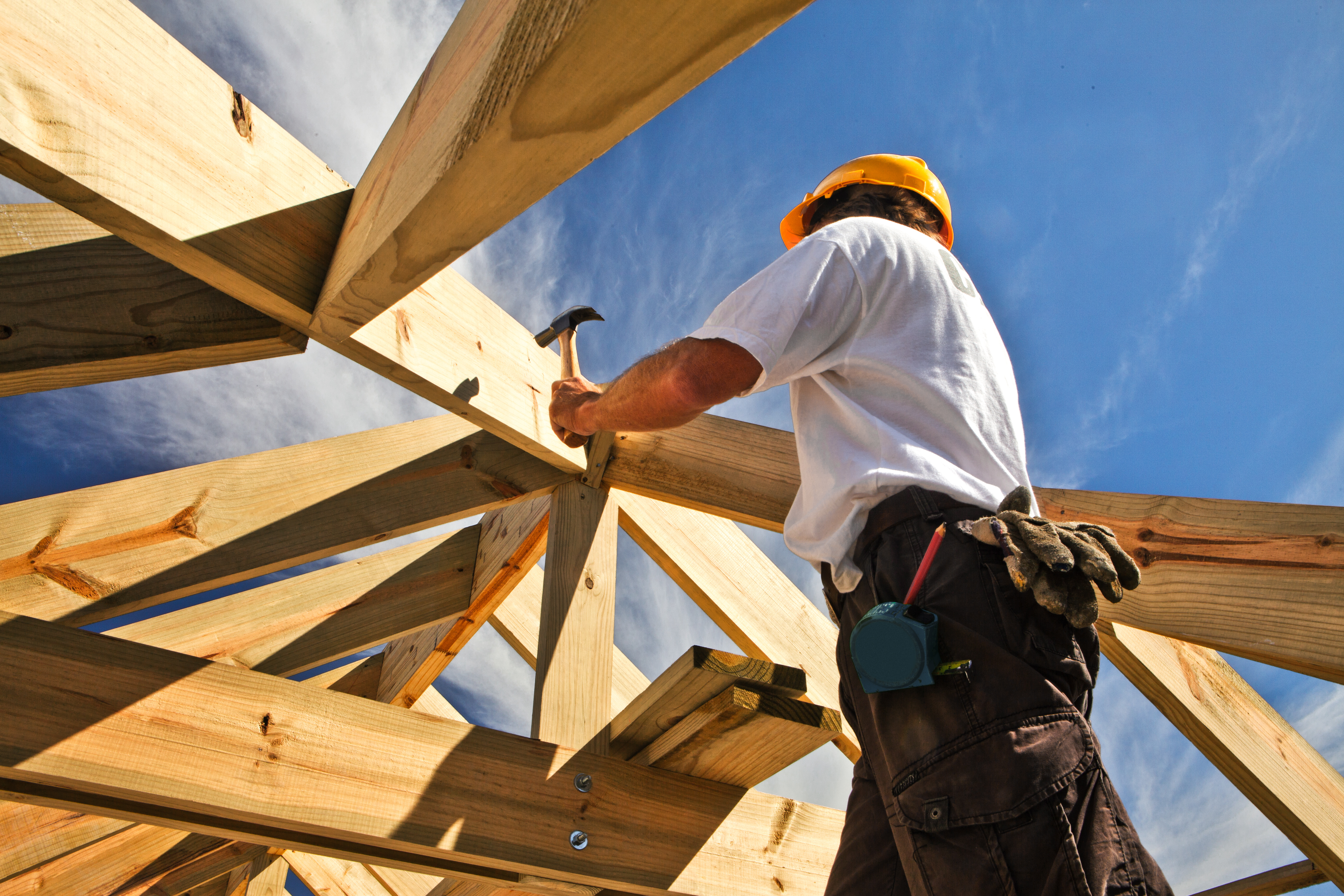Cramer Remix: Apple’s quarter could propel these 3 stocks to the stratosphere
What Does It Mean When a Stock Has Gone “Parabolic”?
Financial news hounds use the term “parabolic” to explain a stock’s behavior–and occasionally the overall marketplace–whose price has risen dramatically in a brief period. As a rule of thumb, traders must regard such reports as warnings. News approximately a company can regularly push the price of its stock to the upside as new buyers and day traders jump on the bandwagon. After the preliminary burst of enthusiasm, the rate can decline for a few days earlier than it starts to evolve step by step, growing again. Patient traders who invest for the long term generally tend to analyze the company first earlier than buying to see if the current improvement improves its organization’s fundamentals.
This is not the case with a parabolic scenario. What happens is the stock rate genuinely continues to rise without pause as an increasing number of investors create what seems to be an ongoing cycle of better prices each buying and selling day. Each day’s chart will take the form of an exponential curve that looks vertical in its pattern. Each trading day, greater buyers purchase stocks of the enterprise. This growth in the call for tends to create sharp upside gaps in price. The process can be retained for some of the weeks as the proportion price first doubles, then triples, and so on, till the valuation a long way exceeds the usual parameters traders use to assess an enterprise’s stock. But nobody appears worried because the charge of the inventory keeps better. A self-belief of hysterical percentage develops inside the minds of traders, who seem convinced the percentage price will hold up without giving up.
These situations forever grow to have the same outcome. One day, normally all through mid-session, the rate reaches a top, after which it starts declining. At first, it appears as if some day investors are taking the short income of some factors. Because confidence is so excessive, buyers expect the meteoric upward thrust to renew. But the fee remains to drop the square stock. At this point, panic-buying reverses to grow to be panic-selling. The price then starts dropping dramatically throughout the rest of the consultation, opening prices decrease tomorrow, and maintain their descent nearly as fast as they rose. The early customers can still get out with a good-looking profit; however, those customers who were given in the past, and who certainly considered a small decline as a brief setback, frequently wind up promoting their stocks at large losses stratosphere ride.
The parabolic scenario may be likened to bacteria growing in a culture dish. These organisms repeatedly divide as the full populace will increase on an exponential scale. An unmarried organism becomes two. These two divide to turn out to be 4. That four divides to grow to be eight. The general population in the dish swiftly expands till thousands, possibly thousands and thousands, of single-celled organisms are growing and dividing, Volkswagen’s first-quarter profits. Then the nutrient on which the bacteria have been feeding within the dish runs out. In the case of a stock whose price has been rising exponentially, it’s a reminder that no more buyers are showing up willing to pay even higher costs. They bring about the culture dish is a massive die-off and a fall in the share price of the inventory.
Whenever an investor hears or reads the phrase “parabolic” ascribed to an inventory, he needs to regard it as a situation of caveat emptor, or “let the purchaser to watch out.” If he decides to take a percentage position, it should first be understood that there’s a high degree of hazard related to any such selection. If the investor is not able to look at the percentage price on a steady foundation, the best path of action is to keep away from it altogether.
HALE UAV at 60,000 Ft (20,000 M) -Stock Flying in the quarter Stratosphere
Basic Mission
The fundamental project of our HALE (high altitude, long endurance) UAV (uncrewed aerial vehicle) is to fly over one spot of the earth for extended durations of time. Exactly why isn’t always crucial at this point in the dialogue. Most in all likelihood, the aim is to replace a communications satellite. Speed is not vital since we are just flying over one spot. Energy performance is. In truth, the less strength it needs to preserve altitude, the extra payload it can convey. Given what I just said, I desire one phrase to pop into your head: glider. HALE UAVs look like gliders. Low wing loading, gradual flying, with lengthy, thin wings. If the UAV is to live for years, it requires a truly strong source of power. If a nuclear fusion reactor is a primary thought that popped into your head, you would be incorrect. Instead, suppose easy and well-confirmed. Think solar cells—lots of them. The proper news is that our glider already has massive wings to be blanketed in solar cells.
Harsh Conditions
At 60,000 toes, 93% of the atmosphere is below you. The air pressure is simply 7% of what it miles at sea level. The air density, or the air load, is just nine.5% of what it is at sea level. The average temperature is a bone-chilling -seventy-five F (- -60 C). Why would all of us want to fly at that altitude?
Why 60,000 Feet
As I explained in the first part of this collection of articles, business airliner flights and most weather lie beneath forty 000 feet (12,000 m). So that’s the floor on which we can fly. Multiple different reasons push us to fly even higher than that. First, at 40,000 feet, the winds can pick up. The common wind speed at that altitude is 50 MPH (eighty KPH). Again, that is common – it could easily be double that. Not so much of a difficulty with an airliner flying at 500+ MPH, but a real hassle with our fragile and gradual flying UAV. The common wind speed at 60,000 feet drops to just 15 MPH (25 KPH). That is super information. That approach that we don’t ought to fly any quicker than we might. Slower is commonly greater green.
There’s some other very vital cause why we need to fly better than we truly need to. Flying over one spot, we’re going to be in darkness about half of the time. Solar cells do not produce electricity in the dark. Maintaining the identical altitude for 12 hours could require a large variety of rechargeable batteries. To save on battery weight, we’re going to slowly lower the altitude at night. We nonetheless want to keep away from the airliners and the weather, but now our UAV glider might be extra green.
Maximum Endurance Speed
At what velocity will we want to fly? Well, an aircraft flies at unique speeds depending on what the goal is in the meanwhile happens to be. A speed well-known to glider pilots is called the first-class drift or great cacarry-to-pull-ratioL/D) pace. This is the speed at which the wing is mostly green. The velocity that we care about, approximately, is called the loiter or most persistent velocity. Another call for it is the minimum power required speed, for apparent motives. It is the rate at which we want the least amount of electricity to keep altitude. For a normal aircraft, this is approximately seventy-six times the value for the pleasant L/D velocity. There’s a huge capture. At this altitude, the air is so thin that we want to fly 3.3 times faster to generate the same amount of carrying. This method this that if the maximum persistence pace is 20 MPH (32 KPH) at sea level, we’d need to fly at sixty-six MPH (106 KPH) at our cruise altitude. That, lamentably, also calls for three. In three instances, he amount of strength to keep. All of a sudden, designing our UAV glider doesn’t sound so clean!












